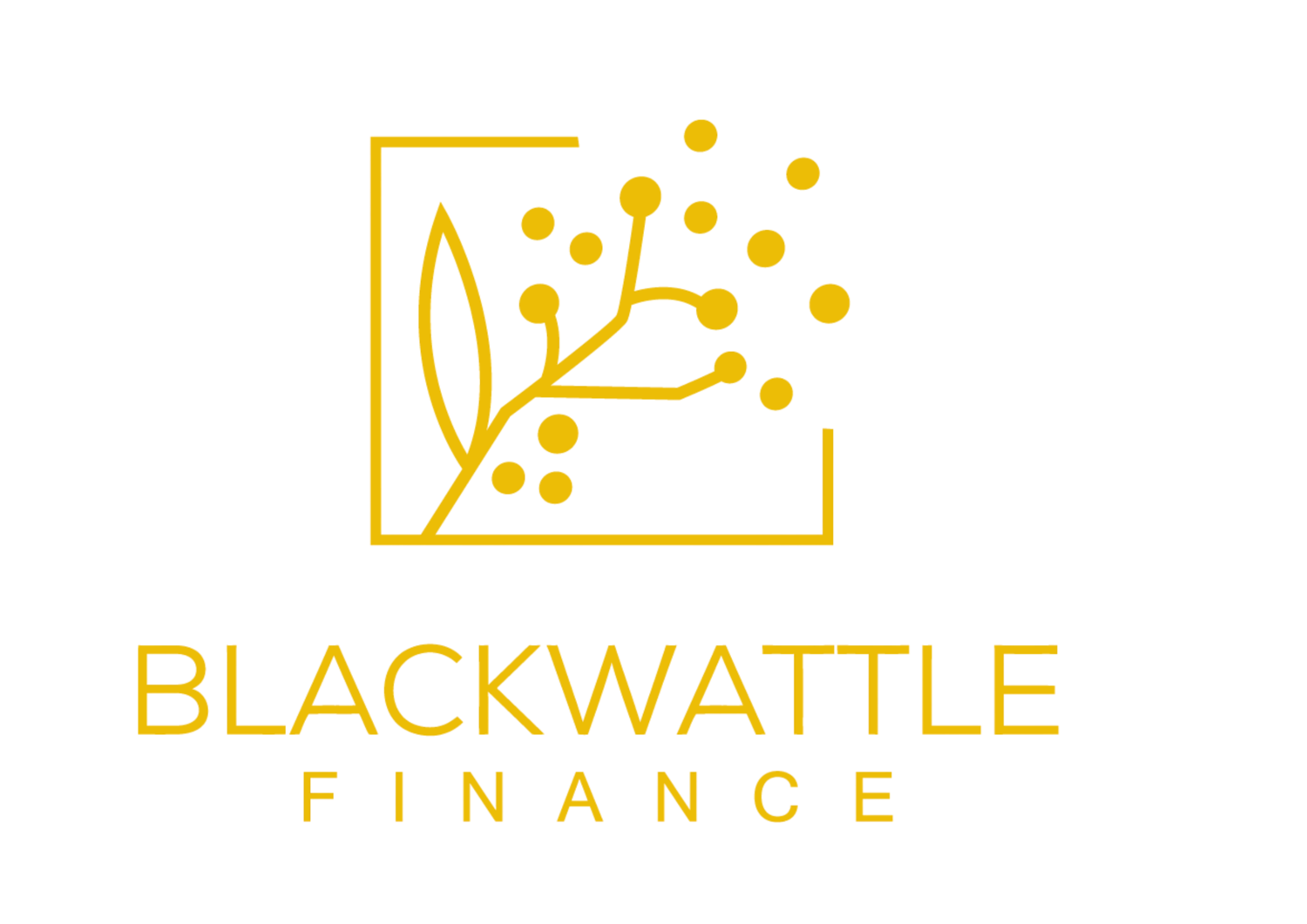You might be surprised at the potential savings from refinancing your home loan. Emily and Jack bought their first home in Rozelle six years ago and had not reviewed their home loan since then. However, with recent changes to the market, they were now ready to discuss refinancing.
We looked at their financial position and discussed their goals. They were looking for a lower interest rate, better online services, to pay down their loan sooner and consolidate debts. Comparing over 30 lenders we were able to select a loan tailored to their needs and objectives.
We selected a loan with a lower interest rate, minimal fees, an offset account and redraw facility. The offset account works for Emily and Jack as they both earn an annual bonus, and putting the bonus income in the offset will allow them to pay off their loan sooner by reducing the interest payable.
When we refinanced the mortgage, Emily and Jack also took the opportunity to consolidate their debts. By borrowing an additional $25,000 they were able to clear and close their credit card and car loan. This had the benefit of reducing their overall monthly loan repayments, and an additional benefit of streamlining their finances as they only had to manage the one monthly repayment. The lender we selected has an excellent online banking portal - something that was very important to Emily and Jack.
We selected a low interest rate with a $4,000 cash back incentive to maximise savings. With their $1,200,000 mortgage this refinance will save them an incredible $8,725.36 in the first 12 months, and a total savings of $144,759,000 over the life of the 30 year loan*. This savings, achieved purely by refinancing, allows Jack and Emily to pay off their mortgage sooner, a primary financial objective when we first spoke.
We are up to date with the latest market information and are committed to finding you the best possible rate. If you want to chat about the refinance options available to you, contact Garreth today on 0414 444 683.
*Interest rates are not fixed and will vary in accordance with the market.
Expert advice from a broker committed to finding the best solutions for your needs

